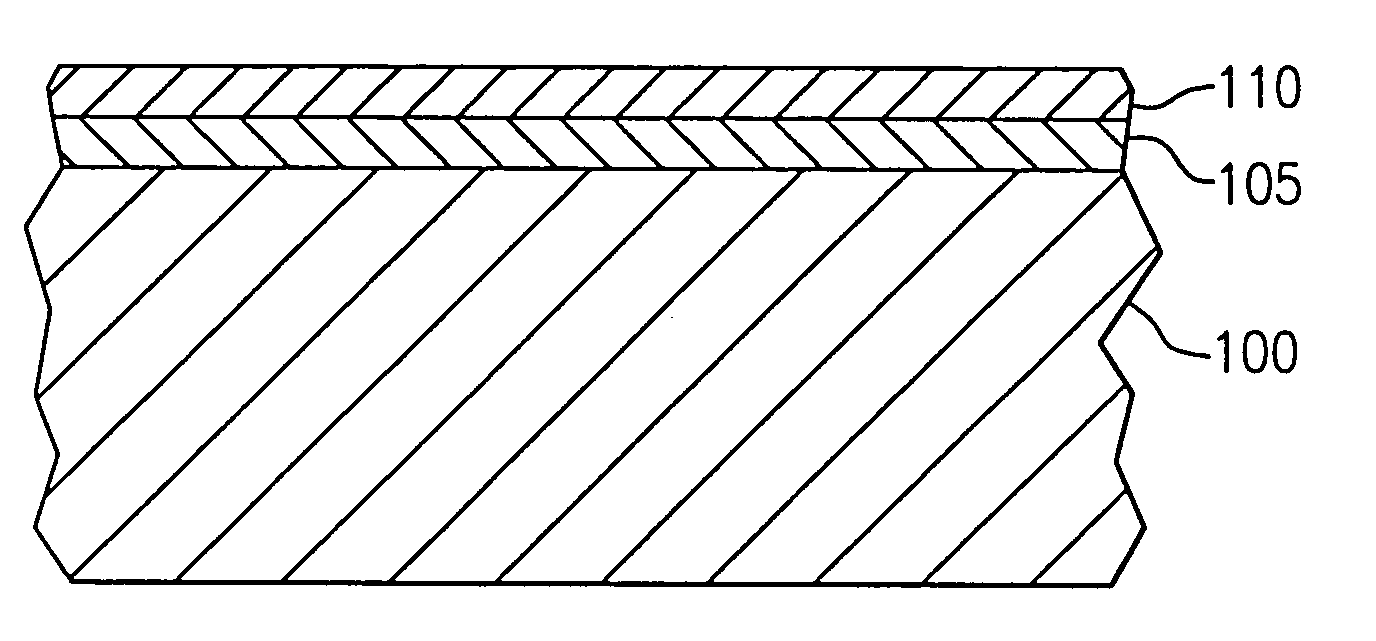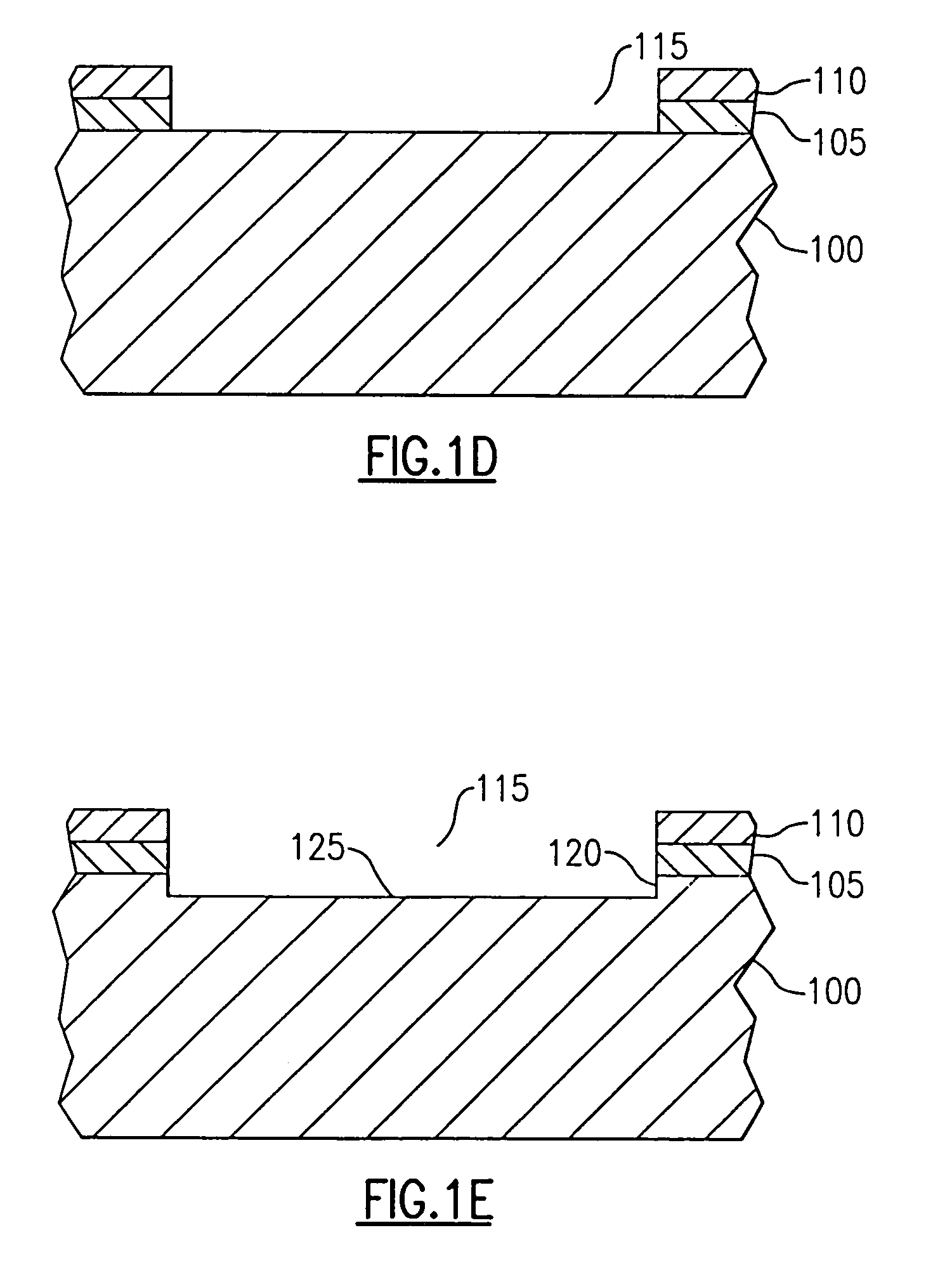Fabrication of ultra-shallow channels for microfluidic devices and systems
- Summary
- Abstract
- Description
- Claims
- Application Information
AI Technical Summary
Benefits of technology
Problems solved by technology
Method used
Image
Examples
Embodiment Construction
[0091]Reference will now be made in detail to the present exemplary embodiments of the invention, examples of which are illustrated in the accompanying drawings. Wherever possible, the same reference numbers will be used throughout the drawings to refer to the same or like parts.
[0092]The first principal aspect of the present invention addresses the formation of shallow and ultra-shallow fluid transport channels. “Shallow” as used herein means depths ranging from 1 μm to 10 μm. “Ultra-shallow” as used herein means depths below a micron ranging from 10 nm to 1000 nm (1 μm). “Standard” as used herein means depths ranging from 10 μm–100 μm, while “deep” means depths greater than 100 μm. One micron is chosen as the dividing line between shallow and ultra-shallow because conventional methods of fabrication do not work reliably below one micron.
[0093]Methods of fabrication are disclosed whereby sub-micrometer channel depths can be reproducibly created using standard semiconductor processi...
PUM
| Property | Measurement | Unit |
|---|---|---|
| Depth | aaaaa | aaaaa |
| Depth | aaaaa | aaaaa |
| Depth | aaaaa | aaaaa |
Abstract
Description
Claims
Application Information
 Login to View More
Login to View More - R&D
- Intellectual Property
- Life Sciences
- Materials
- Tech Scout
- Unparalleled Data Quality
- Higher Quality Content
- 60% Fewer Hallucinations
Browse by: Latest US Patents, China's latest patents, Technical Efficacy Thesaurus, Application Domain, Technology Topic, Popular Technical Reports.
© 2025 PatSnap. All rights reserved.Legal|Privacy policy|Modern Slavery Act Transparency Statement|Sitemap|About US| Contact US: help@patsnap.com



